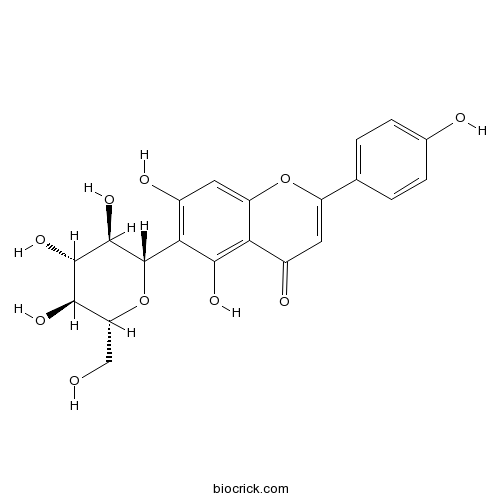Murdannia triquetra
Murdannia triquetra
1. The products in our compound library are selected from thousands of unique natural products; 2. It has the characteristics of diverse structure, diverse sources and wide coverage of activities; 3. Provide information on the activity of products from major journals, patents and research reports around the world, providing theoretical direction and research basis for further research and screening; 4. Free combination according to the type, source, target and disease of natural product; 5. The compound powder is placed in a covered tube and then discharged into a 10 x 10 cryostat; 6. Transport in ice pack or dry ice pack. Please store it at -20 °C as soon as possible after receiving the product, and use it as soon as possible after opening.
Natural products/compounds from Murdannia triquetra
- Cat.No. Product Name CAS Number COA
-
BCN5441
Isovitexin38953-85-4
Instructions

-
BCN4985
Luteolin-6-C-glucoside4261-42-1
Instructions

[Effects of soil factors on vegetation community structure in an abandoned subtropical paddy wetland].[Pubmed: 19899449]
Based on the investigation data from a subtropical wetland having been abandoned from paddy agriculture for one year, a redundancy analysis was conducted on the relationships between vegetation community and soil factors in the wetland. It was found that soil moisture regime, available K and P, and pH were the main factors affecting the distribution of plant species. The common plant species could be classified into three groups, i. e., Ludwigia prostrata - Murdannia triquetra group (G1), Hemarthria altissima - Rotala rotundifolia - Lapsana apogonoides group (G2), and Conyza canadensis - Polygonum hydropiper - Paspalum pasaloides group (G3). G1 mainly distributed on the soils with higher available K, G2 mainly distributed in periodically flooded area, while G3 mainly distributed in drainage area and was positively correlated to soil available P and pH. Species diversity and above-ground biomass had significant positive correlations with soil pH and total K, respectively, while evenness index was significantly negatively correlated with soil available N. No significant correlations were observed among other indices.


